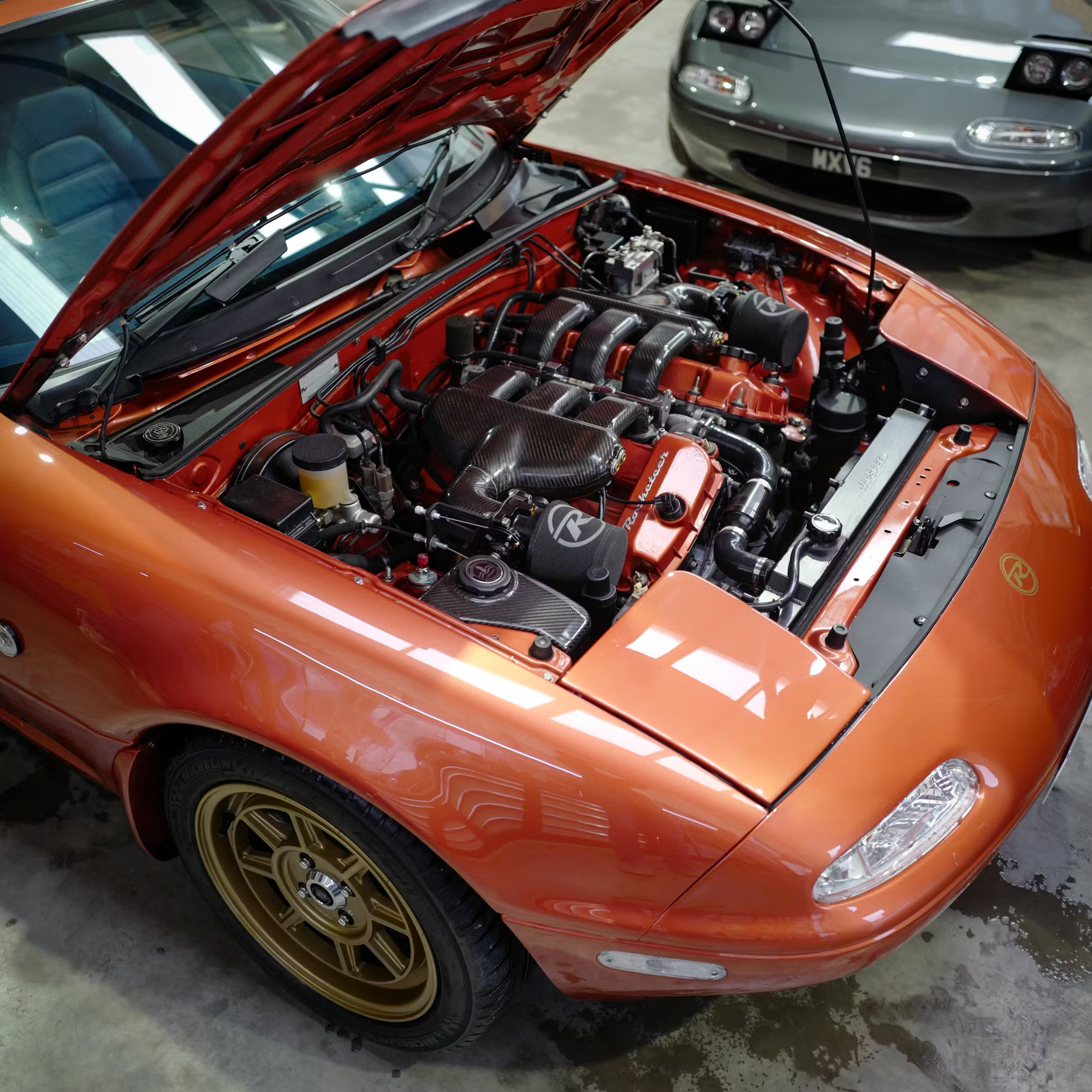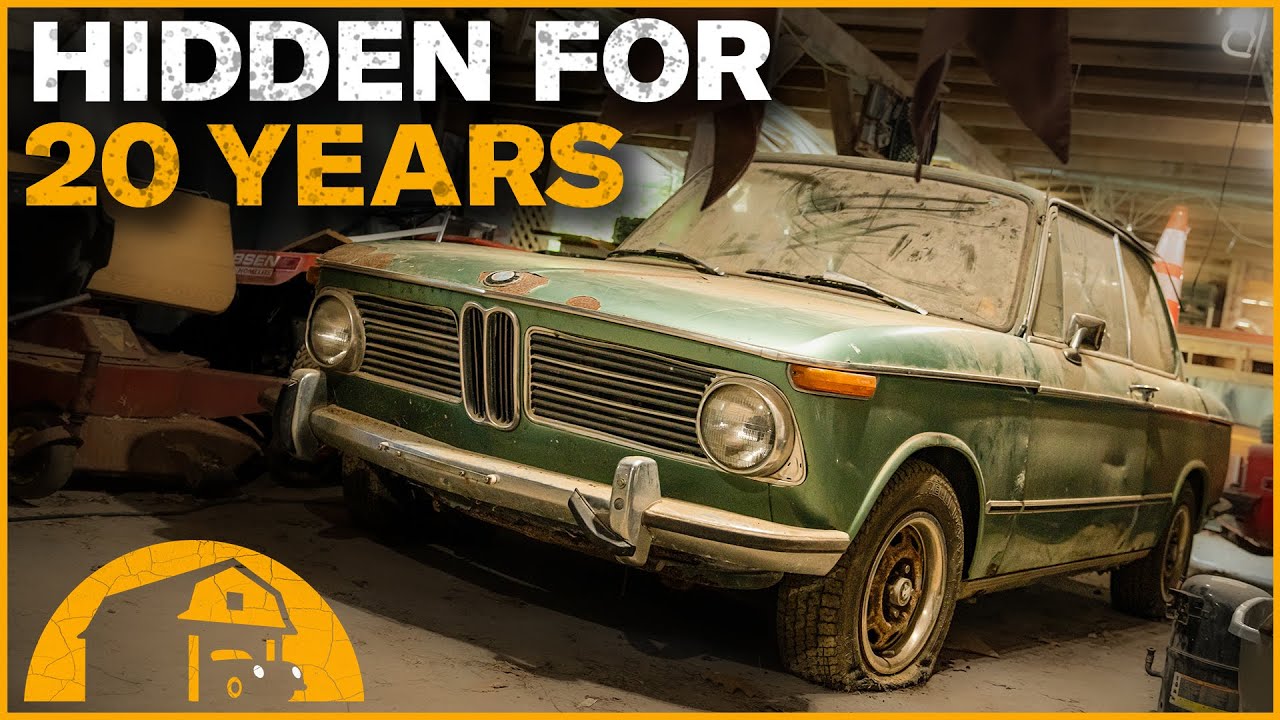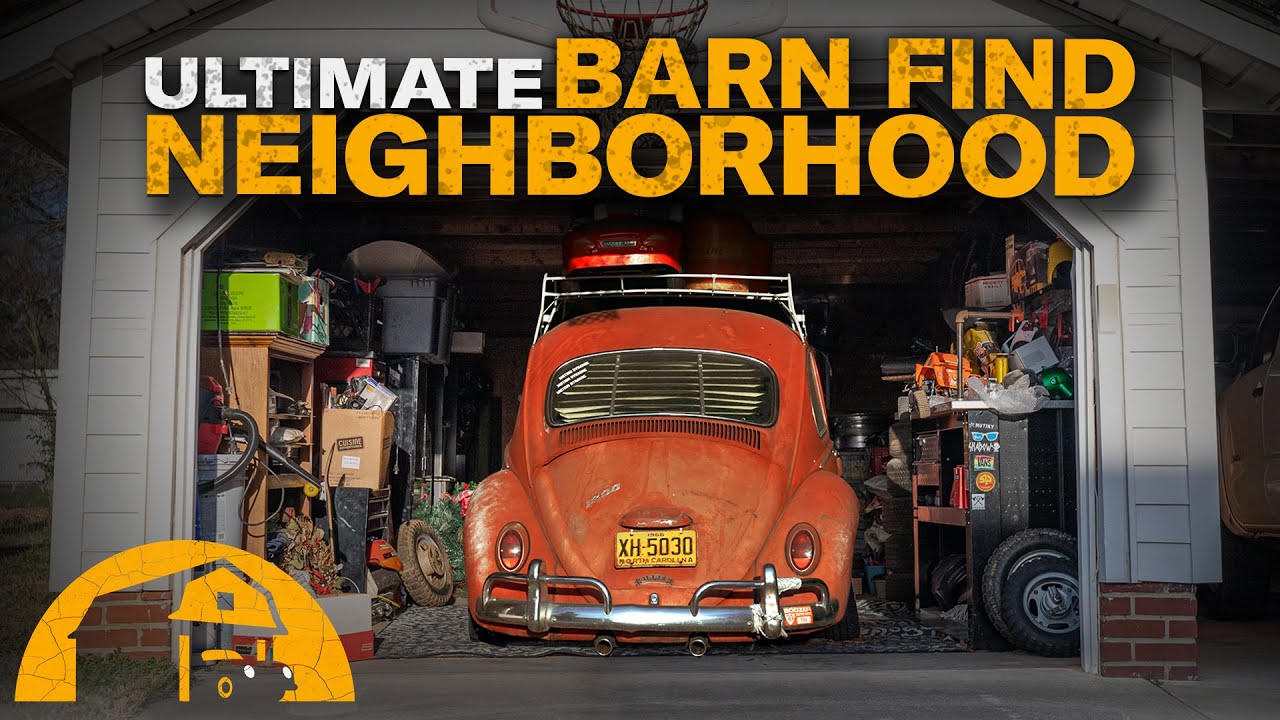Most tools in a DIY garage are permanent items. Your socket set and floor jack are not in need of replacement after every few uses. However, if you are tackling projects regularly, you probably have a toolset that comes in cans, jugs, and tubs. All those chemicals and fluids that you need to properly work on your projects are certainly tools, and we put together a list of the essential 12 that any at-home DIY enthusiast should keep around.
Tub of chassis grease
Not everything that needs grease has a grease fitting conveniently attached to it. Whether hand packing wheel bearings or ensuring that the suspension bush being installed will not squeak, a tub of simple chassis grease is the solution to your problem. If you want a slightly cleaner method of grease distribution, grab a couple of acid brushes from your local DIY store and zip-tie a small chunk of plastic hose to the side of the container to hold one. This allows you to keep the lid sealed (and thus the grease clean) while also being able to quickly wipe some grease onto a part when needed.
Medium strength thread-locking fluid
Even good vibrations in your project car are working against you. Thread-locking fluid will help keep everything together for many years. It also helps keep corrosion at bay. There are options for strong and strongest, but don’t get carried away. The blue Loctite is plenty for most projects. If you are struggling to remove a bolt that you know you thread-locked during assembly, heat is your friend. Just keep that in mind.
Dielectric grease
Bolts are not the only place where corrosion will ruin your day. Electrical connections need to be clean to work properly and a small dab of dielectric grease, or silicone grease, not only helps keep corrosion out of electrical connections but also makes them easier to connect and disconnect – especially Weather Pack connectors.
WD-40 and a penetrating oil
That’s right, the story here is 12 chemicals you need, but there are 13 on the list. That is because this is the point where we talk about the difference between WD-40 and penetrating oil like an Aerokroil or Ambersil. The WD in WD-40 stands for water displacing, and that is what it is best at. It is also a very light lubricating oil, but does not have the formulation to creep in and help break free corroded hardware. Have one of each in your stash – but don’t try and use one when the other is what you need.
Starting fluid
This is a controversial one, so let’s get this out of the way right away: yes, starting fluid is hard on engines. It should be used sparingly. For some tasks though, starting fluid is the perfect solution. My most common use is to find vacuum leaks, as starting fluid is strong enough that even small amounts pulled in will raise the idle of a running engine slightly. It also evaporates quickly and typically does not leave residue or damage on painted surfaces the way carburettor or brake cleaner can when used in the same way. Also, not all carb and brake cleaners are flammable these days.
White lithium grease
For door handles, dash parts, and hinges, there is nothing better than white lithium grease. It’s sticky enough to stay in place and works well when the temperatures drop. This is also plastic safe in most cases so you don’t need to worry about plastic clips that keep door mechanisms together or a little overspray under your dashboard when lubricating a pedal pivot.
Carburettor cleaner
Chances are if you own a carburettor, at some point you will have to clean it. Aerosol carb cleaner is the easiest way to blast out deposits and junk that accumulates. It is also nice to be able to spray through the passages in the carb to know they are clear.
Wax and grease remover
This is one that many folks ignore but once you have it around you find yourself using it more and it will make your projects better. If you have sanded down a part or just cleaned something up that you want to put a fresh coat of paint on, even a quick wipe down with a good wax and grease remover will leave a surface ready for paint to adhere to. Brake or carb clean can leave deposits or not leave the surface clean enough for good paint adhesion.
Brake cleaner
It might look and smell like carb clean, but we promise the formula inside the can is different. For cutting that skim coat of grease and grime from suspension parts and also making sure discs or brake drums are not contaminated before bedding in, there isn’t a better product. Wear eye protection when spraying though. The burn from getting this stuff in your eyes is no fun. It’s mostly acetone, but depending on where you live, chlorinated brake cleaner is also available. When heated, that chlorinated liquid can turn into poisonous phosgene gas, so never use brake cleaner to prep metal for welding.
Engine degreaser
For heavy grime deposits, a spray on/rinse off degreaser is the way to go. Have this handy so that when you roll under your project and think “wow, this is really grimy” you can clean it up before starting your project and thus are keeping the grit and nastiness outside rather than spraying it inside something delicate. We use this on just about every rear differential we tear into.
Glass cleaner
Driving your car is no fun if you can’t see through the windscreen. We have found a non-ammonia glass cleaner to be easiest to use and gets the best result. Your mileage may vary, but at least you will be able to see the road as those miles go by.
Interior cleaner
We’ve done it, you’ve probably done it: in the excitement of wrapping up that DIY project that involved rolling around on the shop floor all weekend, you turn the key and hear the engine start and go for a short drive. Now your interior is filled with everything that was on the shop floor that stuck to the back of your shirt and seat of your pants. Keeping your interior clean not only looks better, but makes it last longer too. Having a quick spray bottle of interior cleaner makes it easy to quickly wipe down everything whenever it’s needed.
That is our list of 12 (actually 13) chemicals every DIY enthusiast needs in their garage. Think we missed one? Leave it in the comments below. Also, be sure to subscribe to the Hagerty YouTube channel for more great DIY content.
Via Hagerty US
Also read
Elbow Grease: Brushing new life into Alcantara
Socket Set: Maintaining your car’s ignition system
Everything you need to know about oil for your classic car




















Bug Remover